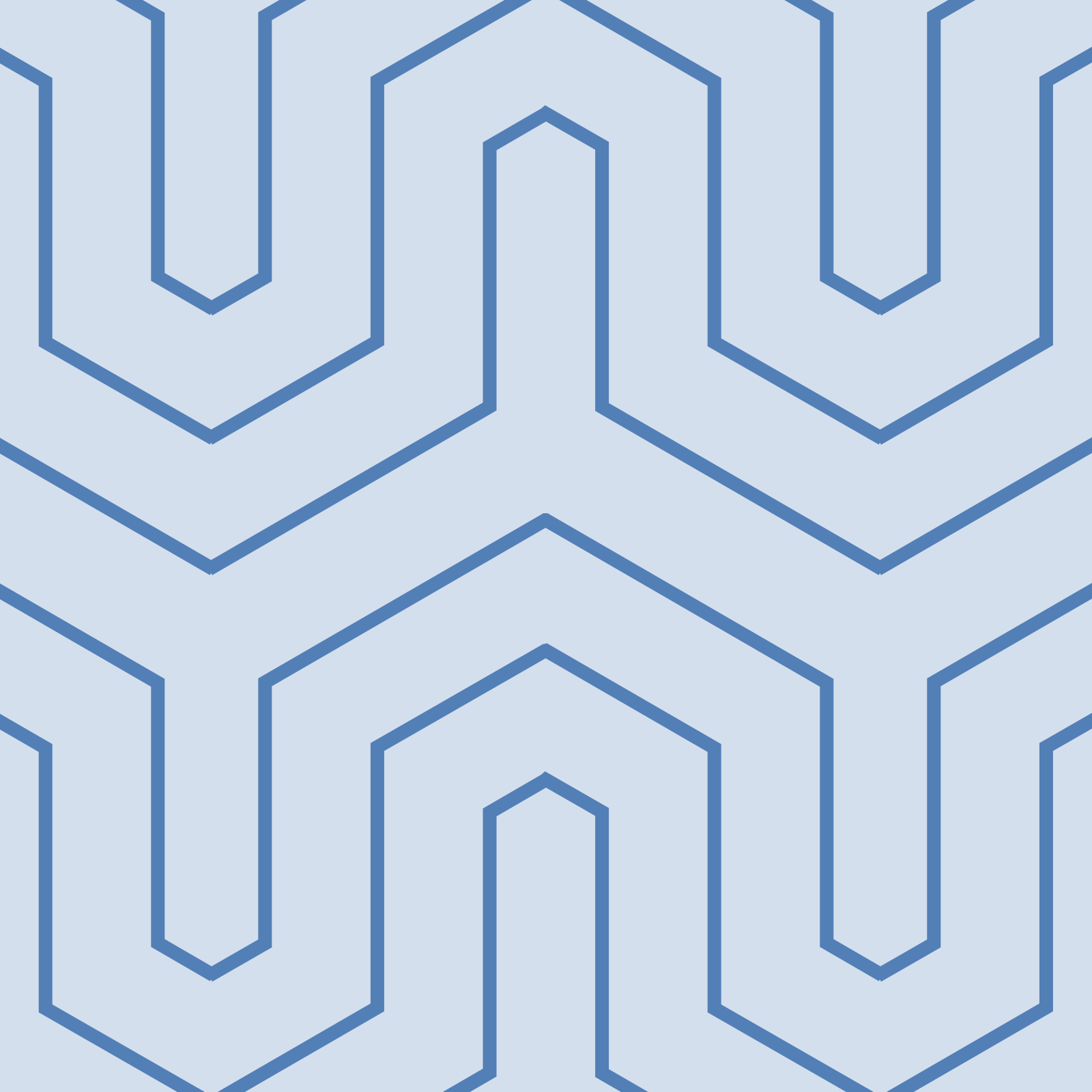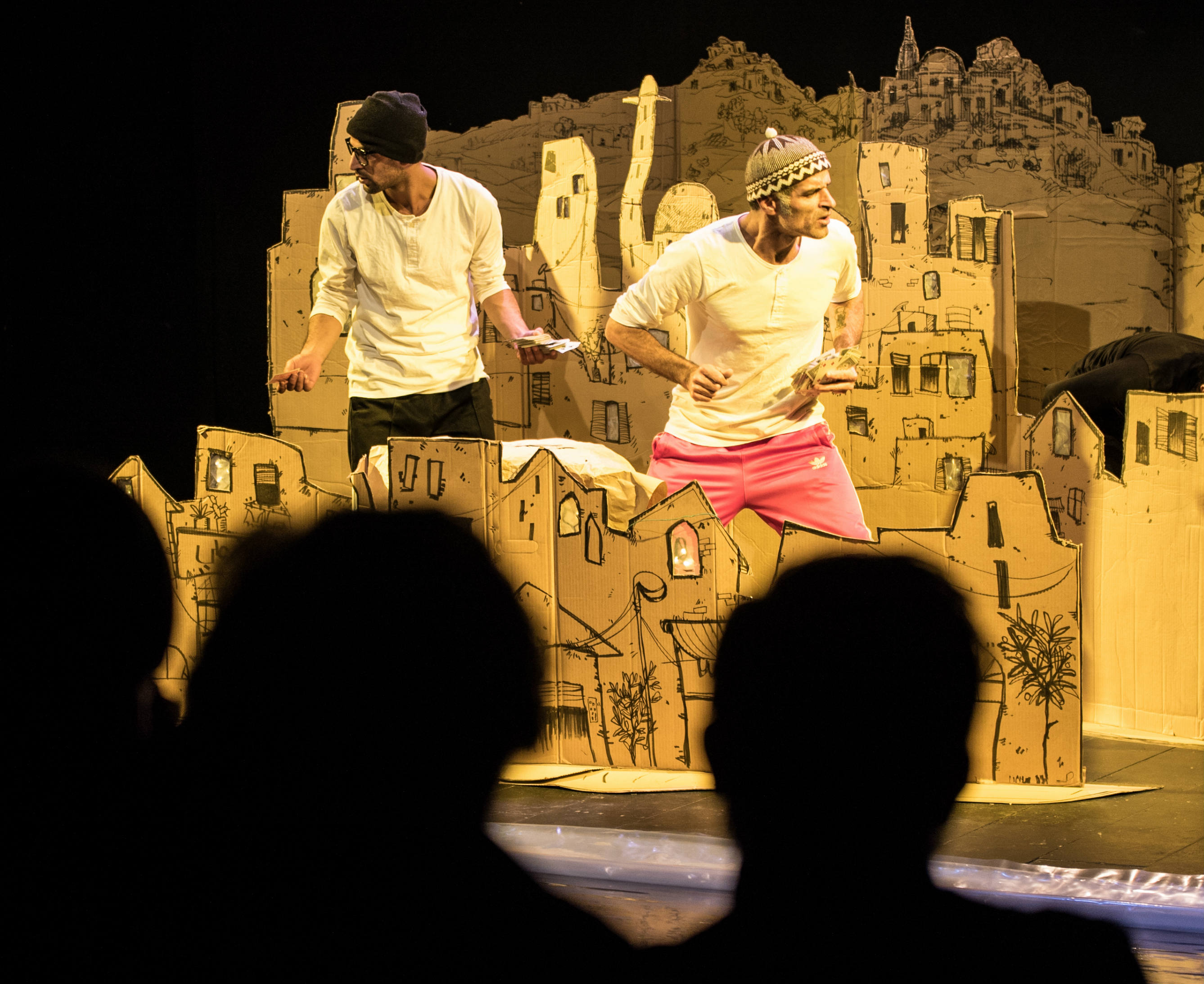Q&A-London’s Nour Festival shining a light on Arab arts and culture
Photo: Arab Puppet Theatre Foundation performance on October 22 and October 23, 2016 at Chelsea Theatre as part of Nour Festival 2016 / Courtesy Nour Festival
London’s annual Nour Festival is regularly cited as one of Europe’s leading celebrations of contemporary Arab arts and culture with a programme covering literature, visual arts, dance, theatre and music. It is organised by and rooted in the west London borough of Kensington and Chelsea, which, as facilitator of the world famous annual Notting Hill Carnival, is no stranger to large-scale events.
This year’s Festival, the seventh, ran from October 21 through November 6 and featured more than 40 events and 84 individual performances across 16 venues with 28 partners, with artists representing 15 countries from the Middle East.
The Festival is also the official UK partner for Kuwait Capital of Islamic Culture 2016 and in this role it works in collaboration with the Kuwait National Council for Culture, Art and Letters and the British Council in Kuwait to introduce artists from the Middle East.
Salaam Gateway sat down with Suzel Pitty, Nour Festival curator, to talk about this year’s programme, Nour’s past, and its future.
Salaam Gateway: Could you talk about how Nour Festival came to be, in the first place? How has it evolved over the years?
Suzel Pitty: Nour began as part of the education and outreach work at Leighton House Museum, interpreting its wonderful collection of Middle Eastern antiques and antiquities. Lord Leighton was a prominent Victorian artist, and President of the Royal Academy of Arts. He also travelled widely in the Middle East. Nour is both a fitting tribute to the legacy of Lord Leighton, and recognition of changes in contemporary society and culture, in the UK and across the Middle East and North Africa region, alike.
Nour originally ran for two months as a series of exhibitions and events based solely within the museum, but spread its ambitions borough-wide in 2012, working with some of the prestigious venues based in Kensington and Chelsea, from the Victoria and Albert Museum on Exhibition Road to the Tabernacle in Portobello.
We have now reduced the duration of the festival to a more manageable yet punchy 17 days. Partnerships, nationally and internationally – are vital to the success of the festival. We regularly work with organisations such as the British Council, the Royal Albert Hall, the Arab British Centre, and the local Moroccan Women’s Centre, al-Hasaniya – to name but four.
New venues this year include Drayton Arms, Notting Hill Arts Club Theatre and West Bank Gallery - while new partnerships this year which directly contribute to or support the programme include Bureau Export, Songlines magazine, the Kuwait National Council for Culture, Arts and Letters (NCCAL) and Le Conseil de la Communauté Marocaine à l'Etranger (CCME).
Q: Who do you hope most to engage in the Festival, and what messages do you hope visitors will take away with them?
Suzel Pitty: We are incredibly proud that Nour annually brings together such a diverse audience, in terms of age and background, and from near and afar, a balance of local, national and international visitors. And we both retain and build this audience each year. In fact, we regularly welcome ‘Nourers’ who not only attend multiple events each year but recognise Nour as an important part of their social calendar, and who come back to Nour time and time again because of our core values of being open and accommodating, engaged and informative, inspired and inspiring.
Kensington and Chelsea is home to a very wide diversity of communities from around the world. It is seen as both a pleasant place to live, and somewhere to make dreams and ambitions a reality. Many of its places and institutions are famous around the world – the V&A, King’s Road, Harrods, Portobello Road, to name just a few – and they undoubtedly contribute to its particular appeal to people from the Arab world.
Our Creative Learning programme, which we initiated in 2016, more particularly engages with our local communities and schools through a series of exciting projects and activities that enable deeper engagement with the main festival programme. This practical, hands-on programme is designed to appeal to young children via schools and out-of-school clubs, young people, adults and senior citizens alike. This year’s offer of learning ranges from fan design to kite-making, Arabic typography to Arabian Nights.

Photo: Arabian Nights workshop for children by Arji Manuelpillai and Nick Cattermole at the Leighton House Museum on October 29, 2016 as part of Nour Festival / Caroline Gervay
Q: The Festival incorporates many partners and venues, including charities, trusts and museums alongside private and commercial galleries and spaces. What are the main challenges when working with such diverse collaborators?
Suzel Pitty: The Festival would not be possible without our fantastic partners, whose contributions range from cash sponsorship to in-kind support through the giving of space, people and other resources. It is always exciting beginning the process of matching an artist with a particular venue, and seeing the end result of their collaboration. The challenge is in making sure the festival calendar doesn’t have too many events on the same day, and never in the same art form, and that the programme has an overall shape and identity. It’s also vital our partners add to our voice over the festival period, particularly on social media. Luckily, our partners are always very forthcoming in their support for the festival.
Q: As curator, how do you consider your own role? Do you have an existing curatorial ethos attached to the Festival, or does the programme shape itself year by year?
Suzel Pitty: The core Nour team is small - four members of the [Royal Borough of Kensington and Chelsea] Council’s Culture Service - so we all work closely to pick up whatever is needed.
My particular role as curator is to pull together an engaging and balanced programme of events, manage the relationships with our many artists, partners and venues so they feel comfortable and confident in their role, and to ensure the marketing helps us in raising our profile and extending our audience reach.
The journey to the finished programme starts as soon as the previous year's festival ends, although a key step each year is the international call for submissions from arts organisations and artists. The response is always impressive across all art forms. The challenges in pulling the programme together are foremost artistic but also logistical - in finding the right venue, and in representing a mix of art forms and balance of countries from the MENA region - and financial - as the Festival commissioning resource is limited, so proposals that already have funding in place are at an advantage.

Photo: Migrating Histories, Moving Identitites curated by Reedah El-Saie on behalf of the Barakat Trust (UK), Nour Festival 2016 / Nour Festival
Nour neither requires or professes a yearly theme for artists to respond to, preferring the natural emergence of current issues and interests. However, themes do naturally emerge as we aim to make these connections and create a dialogue across the programme. Unsurprisingly over the last three years, issues of migration and identity have been an overwhelming consideration for artists working in the region and beyond. These can be raw but beautiful reflections, like the moving performances from the Syria Speaks anthology as part of last year's festival, to the Arab Puppet Theatre Foundation's Performance Desperately in Need of an Audience at Chelsea Theatre this year, which was deeply moving though laced throughout with humour.
Our guiding principle for the programme each year remains its contemporary excellence, its thought-provoking, often challenging nature, and its appeal to our audiences, local, national and international.
We hope that in the selection of work presented, nothing is perceived as homogenous. Indeed, in showing the immense range of work coming from artists based in or influenced by this region, we are seeking to achieve quite the opposite. In many ways, the very best art and culture is an expression that transcends geographic and boundaries and dispels cultural stereotypes, which remains vitally important in these times.
© SalaamGateway.com 2016 All Rights Reserved

Siobhan Forshaw